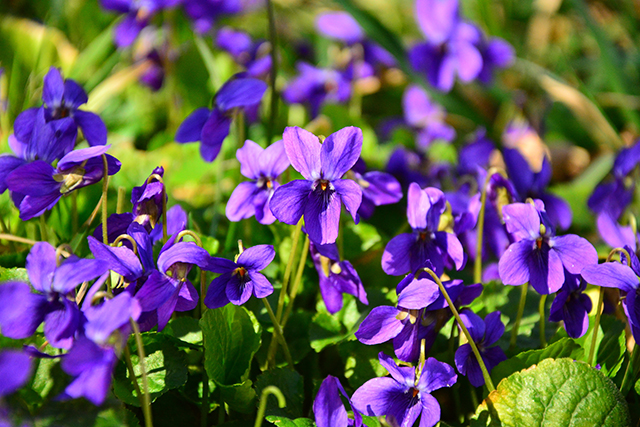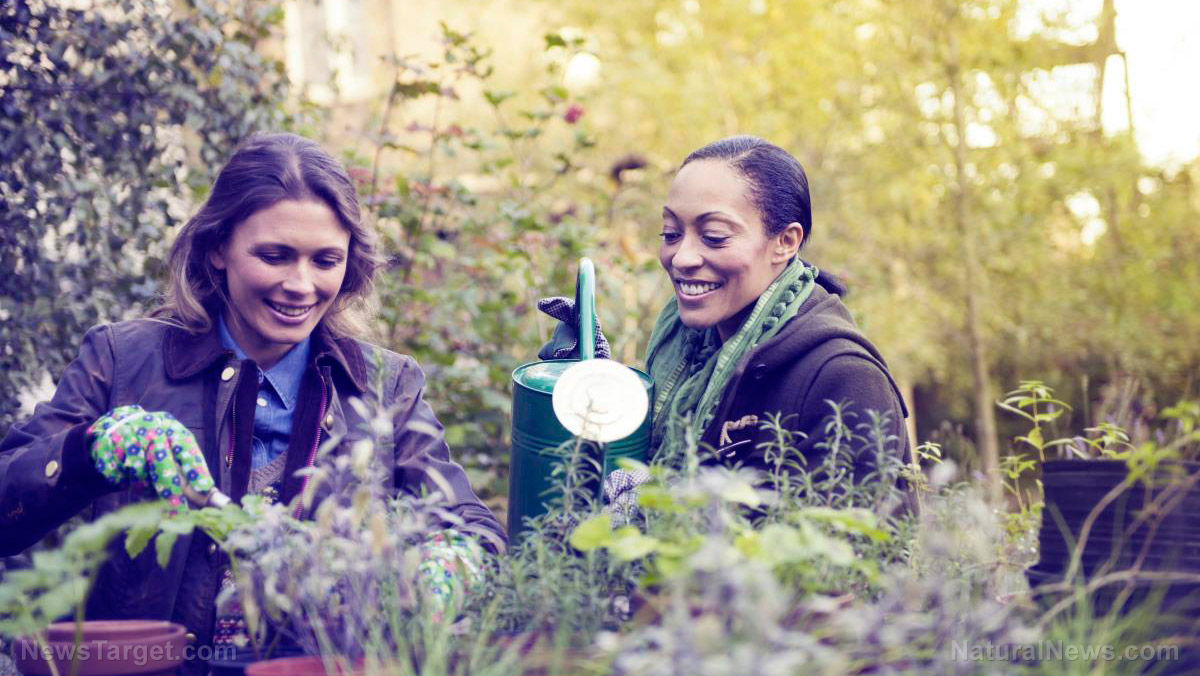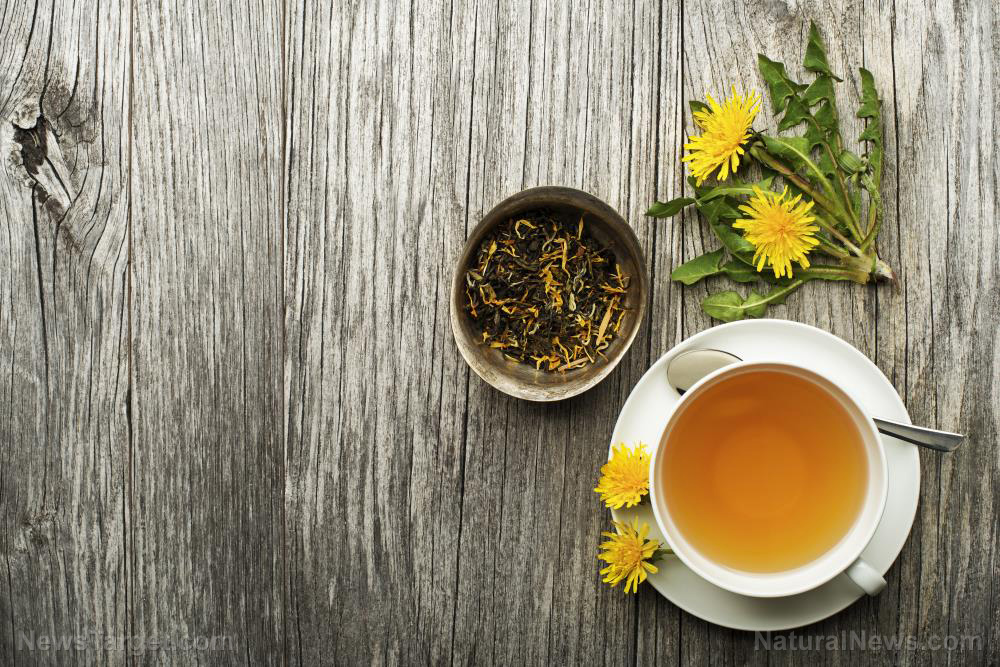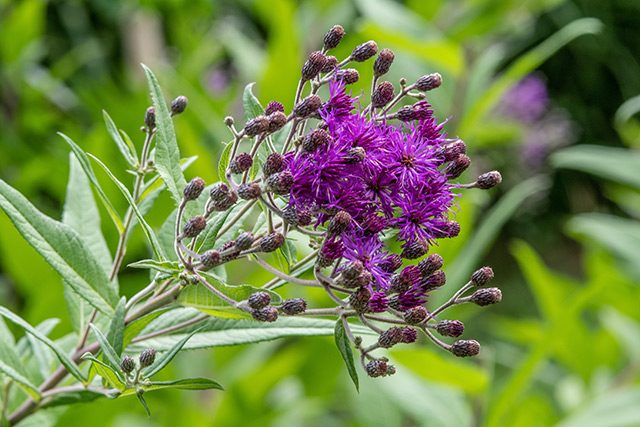
Take note that you should learn how to differentiate between wild violets and African violets. While the former are edible, the latter are houseplants that can be toxic once ingested.
Wild violets usually have purple flowers and heart-shaped leaves. But there are also flowers that come in different shades of purple and even white. The flowering weed grows in clumps. Wild violets only grow to about four to six inches, although they can occasionally grow a little taller.
Wild violets will bloom in partial sunlight to partial shade. Think about where you want to plant the flowering weed very carefully because they will spread wherever your plant them.
Wild violets grow in most areas from May to June. Gather the weed and use it immediately, or you can dry some leaves and petals for future use. Wild violets are best gathered in the morning when the blossoms are still fresh. Don't harvest wild violets near areas that may have been sprayed with pesticides.
The various uses of wild violets
Wild violets are edible.
This flowering weed isn't just pretty. It's also edible. You can add wild violet petals to salads since they have a sweet and refreshing flavor. Wild violet petals can also be added to sandwiches. Wild violet petals contain vitamins A and C, along with other vitamins and minerals.
Wild violet flowers can be used to make candied violets, violet jelly, violet syrup, violet tea, and even violet vinegar.
Aside from the leaves, wild violet leaves are also edible. The leaves can be used in salads. The leaves can be cooked, but they are rather bland. The leaves of wild violets are also nutritious, like its flowers.
Wild violets have medicinal properties.
Wild violets can help eliminate waste from the body by stimulating the lymphatic glands to remove toxins. (Related: Make your own calendula extract: Step by step instructions for this multipurpose medicine.)
Additionally, wild violets can boost the immune system and reduce inflammation. Consuming wild violets or drinking violet tea can treat colds, sore throats, sinus infections, and other respiratory conditions.
A poultice made from wild violets can treat headaches due to the flowering weed's salicylic acid content. Salicylic acid is also found in aspirin.
Wild violets also have antiseptic properties so you can use them in salves or ointments for minor bruises and scrapes. Violet tea can help you fall asleep if you have insomnia.
Go easy on the wild violets, though. They also act as a mild laxative.
To make wild violet tea, steep two teaspoons of dried leaves and one teaspoon of dried flowers in a cup of boiling water for about five minutes. Alternatively, you can use two or three teaspoons of fresh flowers for a milder tea. Strain out the flowers and leaves before drinking the tea. Add honey if you wish.
Wild violet syrup recipe
Try this easy recipe for wild violet syrup:
Ingredients:
- 2 cups boiling water
- 2 cups water
- 4 cups wild violets
- 6 cups sugar
- 1 lemon (juiced and strained)
- Put the violet petals in a deep bowl and pour the boiling water over them. Place a heavy dish over the petals to keep them submerged.
- Put the bowl in a draft-free area at room temperature for 24 hours.
- Strain the violet infusion into a non-reactive bowl or pot.
- Squeeze the syrup from the violet infusion. Add the petals to a compost heap, so they don't go to waste.
- Combine the lemon juice, sugar, and water in a saucepan. Let the mixture boil into a very thick syrup until it almost looks like candy.
- Add the violet infusion and bring the mixture to a rolling boil for 10 minutes or until thickened.
- Transfer the violet syrup into sterile bottles. Let the syrup cool, then seal and refrigerate. Use the violet syrup when eating fresh fruit or scones for added flavor.
You can read more articles about other medicinal flowers like wild violets and other natural cures at Healing.news.
Sources include:
Please contact us for more information.























